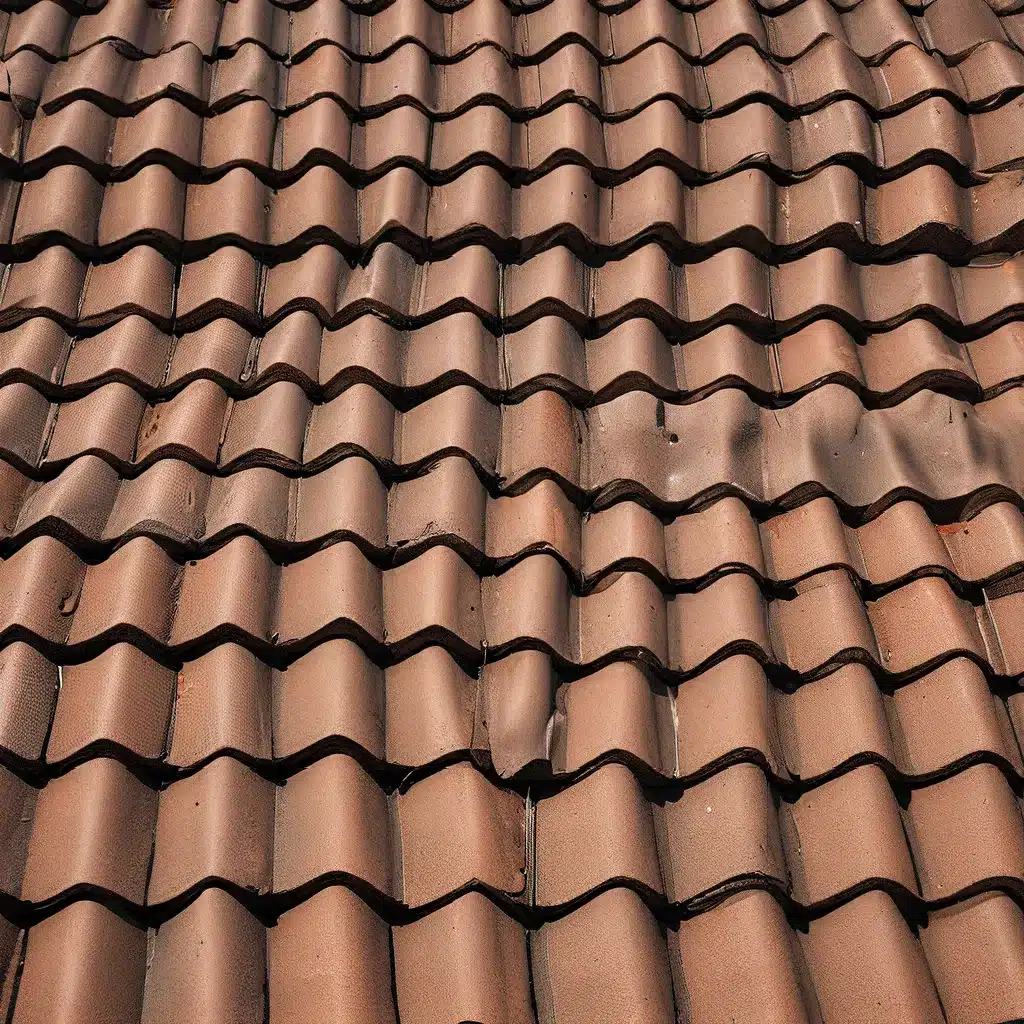
Ah, the joys of home ownership – the pride, the investment, the endless stream of insurance policies and fine print! If you’re like me, the thought of deciphering your roof insurance coverage can be enough to make your head spin. But fear not, my fellow homeowners, for I’m here to guide you through the maze of roof insurance exclusions and ensure you’re armed with the knowledge to protect your most valuable asset.
Understanding the Basics of Roof Insurance Coverage
Let’s start with the fundamentals. Homeowner’s insurance typically covers damage to your roof, right? Well, sort of. The truth is, the specifics of your coverage can vary greatly depending on your policy’s terms and conditions. Some policies may provide robust protection against various types of roof damage, while others may have exclusions that leave you scrambling to cover the cost of repairs.
One of the most common exclusions is for wear and tear or lack of maintenance. If your roof is simply reaching the end of its useful life and needs to be replaced due to age, your insurance may not cover that. Likewise, if the damage is caused by your own neglect, like failing to clean the gutters or address minor leaks, your insurer may deny your claim.
But it doesn’t stop there. Natural disasters like hail, wind, and even heavy snowfall can also be subject to exclusions or special deductibles in some policies. And if you live in a tornado-prone area, you might need to purchase additional windstorm coverage to ensure your roof is fully protected.
Southern Roofing Company has been helping homeowners navigate these tricky waters for years, so I know firsthand how important it is to understand the nuances of your policy.
Deciphering Your Policy: Key Exclusions to Watch Out For
Now, let’s dive a little deeper into the types of roof damage that are commonly excluded from homeowner’s insurance policies. This is where the real fun begins, folks!
Roof Age and Condition
As I mentioned, if your roof is simply old and worn out, your insurer may not be willing to foot the bill for a replacement. Many policies have age limits or depreciation clauses that reduce the payout over time. So, that 20-year-old roof may only be worth a fraction of what it would cost to put a new one on.
Inadequate Maintenance
Insurers love to play the “maintenance” card, don’t they? If they can point to any sign that you haven’t been properly caring for your roof, they’ll likely use that as an excuse to deny your claim. Clogged gutters, missing shingles, or even a simple failure to have your roof inspected regularly can all be grounds for exclusion.
Cosmetic Damage
Believe it or not, some policies draw a line between functional damage and cosmetic damage. So, if a hail storm leaves your roof looking a bit rough around the edges, but it’s still keeping the elements at bay, your insurer may not be willing to pay for a full replacement.
Older Roofing Materials
Speaking of hail damage, did you know that certain roofing materials (like asphalt shingles) are more susceptible to it than others? If your roof is built with an “outdated” material, your insurer may argue that you should have known the risks and upgraded long ago.
Acts of God
The old “Act of God” excuse – a classic in the insurance world. Yep, that’s right, natural disasters like hurricanes, tornadoes, and even heavy snowfall can sometimes be excluded from standard homeowner’s policies. If your roof gets ravaged by one of Mother Nature’s tantrums, you may need to rely on specialized windstorm or flood insurance to pick up the tab.
Whew, that’s a lot to keep track of, isn’t it? But don’t worry, I’ve got a few tricks up my sleeve to help you navigate this maze.
Strategies for Maximizing Your Roof Insurance Coverage
Okay, so now that we’ve explored the dark underbelly of roof insurance exclusions, let’s talk about how you can proactively protect yourself.
Review Your Policy Regularly
First and foremost, read your policy – and I mean really read it. Don’t just skim the highlights; dive into the nitty-gritty details. Understand your deductibles, your coverage limits, and any exclusions that might apply to your roof. And don’t be afraid to reach out to your insurance agent for clarification.
Consider Supplemental Coverage
If you live in an area prone to severe weather or your roof is on the older side, you may want to consider purchasing additional coverage. Windstorm insurance, flood insurance, and even specialty roof endorsements can help fill the gaps in your standard homeowner’s policy.
Maintain Your Roof Diligently
I know, I know – roof maintenance isn’t exactly the most exciting task on your to-do list. But trust me, it’s worth the effort. By regularly inspecting your roof, cleaning the gutters, and addressing minor issues before they become major problems, you can reduce the risk of your insurer denying a claim.
Hire a Public Adjuster
If you do find yourself in the unfortunate position of needing to file a roof insurance claim, consider hiring a public adjuster. These professionals work for you, not the insurance company, and they can help maximize your settlement by thoroughly documenting the damage and navigating the claims process.
Explore Roof Replacement Financing
And finally, if all else fails and you’re faced with the prospect of a out-of-pocket roof replacement, don’t despair. Many roofing companies, like Southern Roofing Company, offer financing options to help spread the cost over time. This can be a lifesaver when your insurance just isn’t cutting it.
Phew, I know that was a lot to take in, but I promise it’s all essential knowledge for protecting your most valuable investment – your home. So, the next time you feel yourself getting lost in the maze of roof insurance exclusions, remember the strategies we’ve discussed, and don’t hesitate to reach out for help. After all, we’re all in this crazy homeownership journey together!